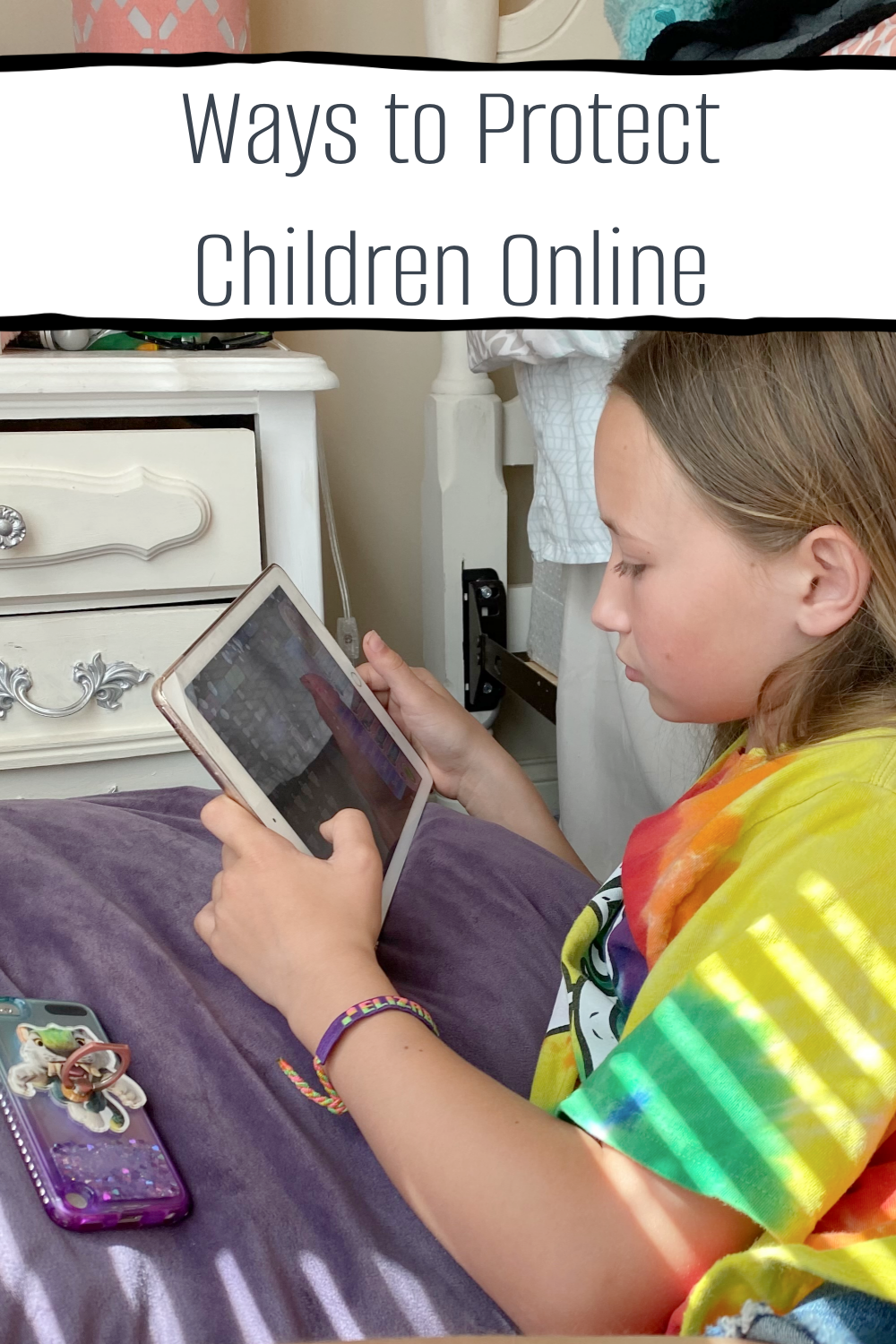This is a sponsored post.
The matter of children’s health is a source of stress for many parents, especially considering how frequently kids seem to get ill or injured. Much of the time, little accidents can be dealt with at home, with nothing more needed than a comforting kiss on the boo-boo and a bandage. However, there may come the odd occasion where more serious action is required, which may involve a trip to the hospital in some form or another.
However, it's important that you know where your child actually needs to go when they’re ill or injured. Remember that each department of the health care system is geared towards specific ailments, and incorrectly sending your child into one wastes time, uses up resources and could potentially delay treatment for your child as well as others. With that in mind, it’s important to know beforehand where your child needs to go in situations where a trip to the hospital is called for.
The Difference Between Urgent Care and Emergency Rooms
The difference between an urgent care center and an emergency room may not be apparent -- at first glance, one may even be tempted to say they’re two names for the same thing, or otherwise that they perform the same function. Naturally, things aren’t quite that simple.
Pediatric urgent care centres are usually walk-in centres where people can acquire immediate care for injuries and ailments, such as cuts or particularly nasty fevers that are not serious enough to warrant emergency care. Emergency rooms are for situations where treatment absolutely cannot wait. This is for serious incidents such as car accidents, severe injuries, or cases where the patient has gone unconscious and is no longer responding to other people. As such, while there may be some minor overlap between the two, the major difference is one of scale.
As you may expect given the importance of care in emergency rooms, it’s highly important that you don’t use up time and resources treating something that isn’t actually serious that could be spent on something that most certainly is.
So How Can You Tell the Difference?
It’s quite natural to panic when your child is in distress, but keep a clear head and take a frank, rational look at what’s happening. If your child is just in need of a trip to an urgency clinic, then your child should still be fairly lucid and capable of acting normally to a certain degree. They might be:
• Conscious and responding to you normally
• Still able to breathe after something’s stuck in their throat
• Suffering a routine injury, such as a sprained wrist or a fracture but not a serious break
• Bleeding from a cut but not severely enough to make blood-loss a factor in itself
• Hurting from a bump on their head, but aren’t feeling dizzy, vomiting or behaving abnormally
With these sorts of injuries, you can usually attempt to make rudimentary treatments yourself or seek assistance from a pediatric urgent care center like Night Lite. If your child swallowed something poisonous or toxic, call poison control before going anywhere -- they will tell you how serious the case may be, and where to go.
In cases where your child will need to go to the emergency room, look for situations where you child is:
• Unconscious or difficult to rouse
• Turning blue in the skin or lips
• Suffering a head injury and is vomiting, claiming to be dizzy or acting erratically
• Suffering a broken bone, most especially if it is visible through the skin
• Unable to breathe or finds it difficult to do so due to an obstruction in the throat or for any other reason
• Unable to remove an embedded object of any kind
• Unable to express themselves verbally or seems confused when doing so
• Numb, weak, or is experiencing any tingling or paralysis, especially on one side of the body
• Experiencing severe migraines or headaches with blurred vision, numbness or tingling
In these sorts of situations, a trip to the emergency room is certainly warranted. Try to avoid any treatment on your own until they’ve been seen by a doctor or paramedic, as you may unintentionally make the situation worse. You should try to stem any heavy bleeding, and you should try to perform CPR or first aid if it’s needed and you’re certified. If the child is panicking, whatever and however serious the injury, do your best to keep them calm until help can arrive.
About the Author:
About the Author:
Christian Mills is a freelance writer and family man who contributes articles and insights into the struggles and triumphs associated with parenting and life in the home.








No comments
Thank you for dropping by! I would love to hear what you thought. :)
Thanks!
♥,
Diana